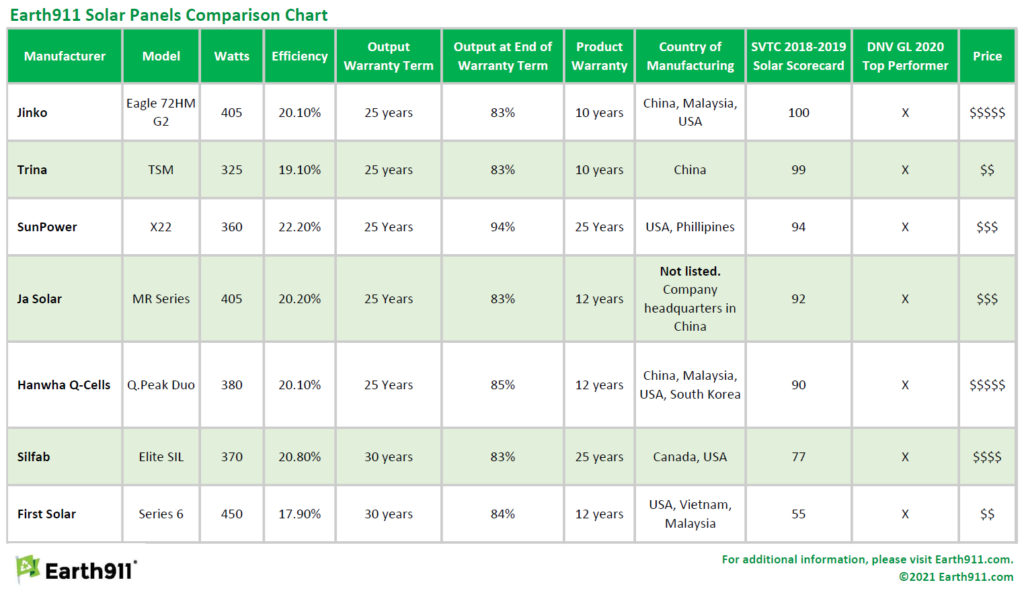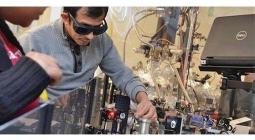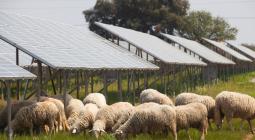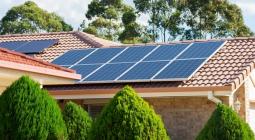Earth911 Conscious-Shopping Guide: Best Solar Panels.

Technological advances have transformed the solar energy industry in recent years. Solar panels are significantly more efficient, producing more power in the same amount of space. Meanwhile, prices continue to fall, reducing the cost of solar electricity.
But with the introduction of new technologies comes uncertainty. Which solar panels are the most reliable and durable? What technology creates the least amount of pollution in the manufacturing process? Do panel manufacturers use recycled components or provide solar panel recycling options at the end of life? Let’s explore some of these critical issues in the pursuit of the best solar panels on the market.
We compared the efficiency, warranty, environmental performance, and more of the following solar panel models in the comparison chart below.
- Jinko Eagle 72 HM G2
- Trina Solar TSM
- SunPower X22
- Ja Solar MR Series
- Hanwha Q CELLSPeak Duo
- Silfab Elite SIL
- First Solar Series 6
To view our printable comparison chart of top solar panels on the market, click the image below.

A Dynamic Industry
At times, supply delays and surpluses have plagued the solar industry. For example, China slashed solar subsidies for domestic solar installations in May 2018. This move created a lag in demand, causing a surplus of solar panels and falling prices across the industry. More recently, the Trump administration enacted a U.S. solar tariff on panels, but this is tapering down. Also, the federal tax credit was extended by two years at 26%, effective in 2021.
Because solar panel technology is advancing, the market is very dynamic. New products are frequently being released as others become obsolete. The cost of advanced solar batteries has been dropping as demand has surged. The most efficient solar panels on the market today will probably not seem so efficient in a decade as the technology matures. Companies that are relatively unknown could capture a larger share of the market.
Solar Panel Considerations
Efficiency
Solar panels have become significantly more efficient in recent years. And the more efficient a solar panel is, the more electricity it generates in a given space. Space becomes more critical when there are constraints due to the size of your roof or property. Unfortunately, more efficient panels typically cost more. If space isn’t an issue, efficiency becomes less crucial. For installations limited by space, panel efficiency is an essential consideration. It is also important to consider the long-term efficiency of solar modules.
Long-Term Power Generation
Like most other things, solar panels degrade over time. They become less efficient in turning sunlight into electricity. Degradation is important because solar panels can last 30 years or more. You want your solar system to be churning out a lot of energy a couple of decades from now, even if someone else owns the house.
Solar panel manufacturers offer a power production guarantee to ensure a particular output level over a given time. Many solar panel manufacturers guarantee 90% production for 10 years and 80% for 25 years.
Some manufacturers differentiate themselves by offering more robust warranties. For example, SunPower leads the industry by providing a 25-year performance guarantee of 92% or higher, depending on the model. The higher the value of the 25-year production warranty, the more power the panels will likely generate 25 years down the road.
Product Warranties
Product warranties cover defects and failures, helping to protect your investment. Solar panel warranties vary a lot by the manufacturer, and this often corresponds with the price range of the solar panel. For example, SunPower and Silfab offer a 25-year product warranty, whereas Trina and Jinko offer just a 10-year warranty. The longer the warranty, the lower the investment risk. In many cases, a more extended product warranty means higher solar panel prices.
Also, just because the manufacturer offers a long product warranty doesn’t mean the solar installer will provide a warranty that’s just as long. Thus, it might be necessary to pay an installer to replace defective panels even if the manufacturer’s warranty covers the equipment.
Environmental Performance
The Silicon Valley Toxics Coalition (SVTC) is dedicated to a safe and sustainable solar photovoltaic (PV) industry. They produce a solar scorecard that rates manufacturers on extended producer responsibility, supply chain, workers rights, emissions reporting, module toxicity, greenhouse gas emissions, conflict minerals, and water use. The companies with the highest ratings are the most sustainable.
Solar Panel Module Testing
Look for DNV GL test results. The company tests solar panels for reliability and durability for common degradation mechanisms. Solar panel performance has a significant impact on the solar electricity of an array over time. Such testing helps ensure high-quality panels, reducing financial risk.
DMV GL produces a list of top-performing PV panels that lead in product reliability. All the products on our list are top performers.
Manufacturing Location
Most solar panels are manufactured in Asia, Europe, or North America. Modules made in the United States tend to be more expensive, but some solar shoppers want to support domestic manufacturing. Many companies produce panels in two or three countries. For example, Hanwha produces products in the United States, Malaysia, South Korea, and China. And in 2019, they also opened a facility in Georgia that is the largest solar panel manufacturing plant in the Western Hemisphere.
Keep in mind that the manufacturing location and its headquarters are not necessarily the same. Also, the manufacturing location isn’t necessarily an indication of quality. However, panels manufactured closer to the installation site might have lower emissions related to the product’s transportation.
Originally published on May 14, 2019, this guide was updated in February 2021.
24 February 2021
Earth911




